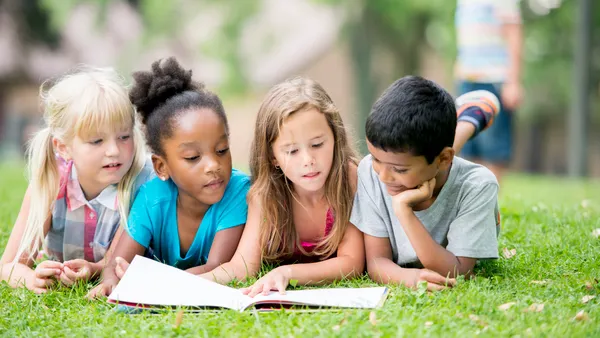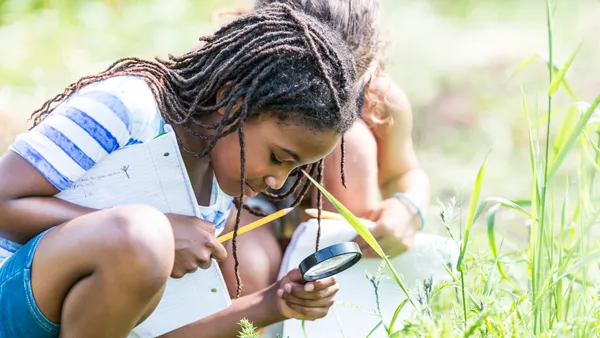Dive Brief:
- Educators can support students in developing skills that teach them how to guide themselves and focus on goals, valuable skills they can use throughout their lives, Rutgers Social-Emotional and Character Development Lab Director and Professor of Psychology Maurice J. Elias writes for Edutopia.
- These tools can be taught in tandem with academics, Elias suggests, noting for example that educators can teach students how to set a goal and build a step-by-step plan on how to achieve that result, with individual objectives including learning how to organize studying needs or improve their physical fitness.
- Educators and administrators can also adopt goal-setting alongside students, helping to illustrate how they value this approach in their own lives and how they put these tools into practice, as well.
Dive Insight:
Creating a classroom and school environment tied to a growth mindset helps students develop goal-setting and self-regulation tools in tandem with academic skills. Showing them how skills, and growth overall, occurs through a process and isn't a sprint can build understanding of how to organize actions toward an objective.
Learning that growth happens over time is one of the cornerstones of social-emotional learning (SEL), as well, embedded in self-awareness. Curriculum designers, administrators and educators can weave this skill into any academic program, help students develop SEL tools alongside their course work.
To also demonstrate that learning is a process and building a skill takes time, educators can help students develop specific personalized success or learning plans. While these objectives often highlight strengths, they can also identify weaknesses, which then provide students academic areas to focus and potentially improve upon over time.
As students see that learning and growth is not a race, they can also learn how to take breaks and give themselves opportunities for self-care. It’s crucial to allow the celebration of successes but to also take a breath when a stumble occurs. Even small breaks can be beneficial, from taking a walk through the hallway or even doodling during class for a mental breather.
Educators and administrators can model this behavior for students, as well, teaching students through their own experiences that setbacks are not failures, but actually crucial steps in their own growth.










